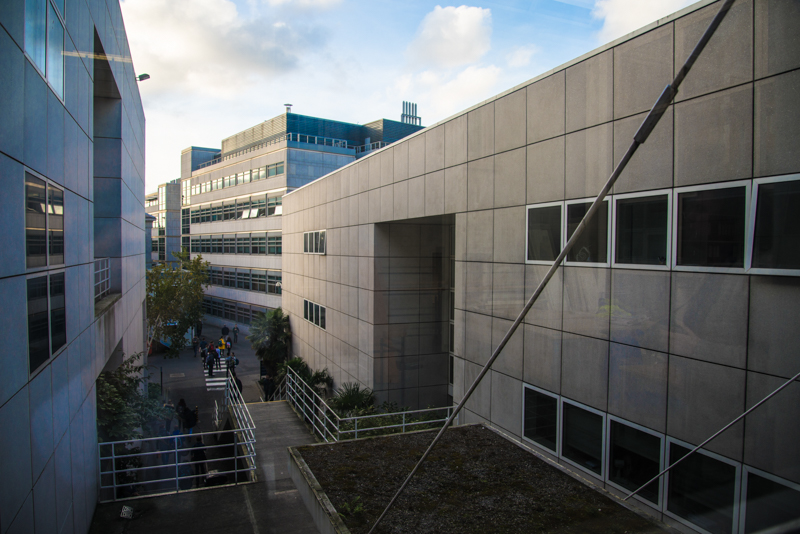A team of scientists, including those from Trinity, has discovered that a small amount of squeezing and stretching can boost the performance of a key catalyst used in clean energy – a discovery that could lead to the development of new clean fuels.
Stretching this catalyst, cerium oxide, resulted in a four-fold increase in oxygen capacity. “We hope that we may use this discovery to develop new clean fuels from carbon dioxide or water to power our cars and homes, for example”, Max García Melchor, Ussher Assistant Professor in Trinity’s School of Chemistry, said in a press statement
This increase in oxygen capacity, he said, “is pretty huge”.
It is hoped that these findings, published today in the prestigious Nature Communications, could lead to more efficient energy conversion and storage, especially in green-energy technologies.
Cerium oxide, also referred to as ceria, is an industrial catalyst that is commonly used in catalytic converters and self-cleaning ovens, and also has several green-energy applications.
The team, made up of scientists from Trinity, Stanford University, SLAC National Accelerator Laboratory, Lawrence Berkeley National Laboratory and the University of Pennsylvania, discovered that by stretching and compressing the material by a few per cent, the oxygen storage capacity is dramatically increased.
Ceria, a spongy material that can store and release oxygen as required and which is often used to help remove air pollutants from exhaust systems, takes oxygen from nitrogen oxide, which is poisonous, and changes it to nitrogen gas, which is harmless. It then transforms carbon monoxide into carbon dioxide by releasing the previously stored oxygen.
The discovery was made after the scientists grew films of ceria that were only a few nanometers thick on layers of different materials. The molecules of the ceria were then separated and squeezed together after being subjected to stress equal to 10,000 times the Earth’s atmosphere.
Beams of x-ray light and supercomputers were then used to measure and rationalise the impact of the stress in real-world operating conditions.
Assistant Professor of Materials Science and Engineering at Stanford and a faculty scientist at SLAC, Will Chueh, who co-authored the paper, added that “this finding overturns conventional wisdom about oxide materials and could lead to better catalysts”.







